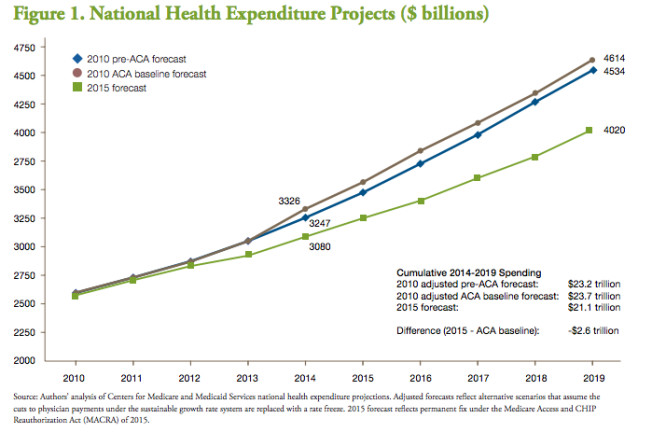-
Tips for becoming a good boxer - November 6, 2020
-
7 expert tips for making your hens night a memorable one - November 6, 2020
-
5 reasons to host your Christmas party on a cruise boat - November 6, 2020
-
What to do when you’re charged with a crime - November 6, 2020
-
Should you get one or multiple dogs? Here’s all you need to know - November 3, 2020
-
A Guide: How to Build Your Very Own Magic Mirror - February 14, 2019
-
Our Top Inspirational Baseball Stars - November 24, 2018
-
Five Tech Tools That Will Help You Turn Your Blog into a Business - November 24, 2018
-
How to Indulge on Vacation without Expanding Your Waist - November 9, 2018
-
5 Strategies for Businesses to Appeal to Today’s Increasingly Mobile-Crazed Customers - November 9, 2018
Expanded Medicaid may translate into fewer unpaid hospital bills
The study showed that the proportion of patients who lacked insurance dropped by almost 4 percentage points, and the proportion covered by Medicaid rose more than 6 points after the Healthy Michigan Plan launch in April 2014.
Advertisement
Numerous individuals seek necessary medical services at hospitals regardless the ability to pay, but uncompensated care costs from charity cares and patient debt can strain hospital revenue cycles.
“The Healthy Michigan Plan appears to be shifting the balance for nearly all Michigan hospitals, to have a higher proportion of patients who have insurance coverage”, Davis, a professor of health management and policy, explained in a university news release.
The figures are even more dramatic for Medicare and Medicaid spending.
While cost sharing may help push national health costs down, it pushes personal health expenditures up, Claxton says. “But we do have to recognize that this is not a windfall (for hospitals)”.
Previously studies have confirmed that many people who gained healthcare coverage under Medicaid expansion were previously uninsured, according to the report.
The joint state and federal health care program had been primarily for low-income children, pregnant women, the disabled and some other adults with very low incomes.
“This is evidence that broader availability of insurance coverage for residents of MI is translating into coverage at the time when people are most in need of it – namely, when they are sick enough to be in the hospital”, said lead author Dr. Matthew Davis.
The proportion of uninsured adults who were discharged from hospitals in MI has decreased dramatically since the state expanded Medicaid in 2014, meaning the amount of uncompensated healthcare services provided has also declined, according to Reuters. The share of patients covered by Medicaid rose from about 23 percent to about 30 percent.
The U-M study didn’t look at whether there was an increase in visits to clinics and primary care physicians after Medicaid was expanded, but Davis said that other researchers will be studying that in the near future.
Overall, 94 percent of hospitals treated fewer uninsured patients. Furthermore, study investigators found that enrollment rates in 2016 increased as well.
“The benefit of the Medicaid reimbursement is not spread evenly, even though the Medicaid coverage is”, she said. The study emphasized that despite recent developments in increased access and affordability, more work still needs to be done.
In fact, the total number of hospitalizations in the year after the expansion was slightly lower than the average for the two years before expansion.
Some studies also pointed to challenges, including provider shortages in some areas.
Advertisement
While “CMS actuaries did acknowledge the proliferation of high-deductible private health plans and cost-containment efforts in state Medicaid programs as contributors, they mainly attributed the slowdown to the Great Recession and sluggish economic recovery”, and assumed healthcare costs would rise sharply again in case of a “robust recovery”.





























